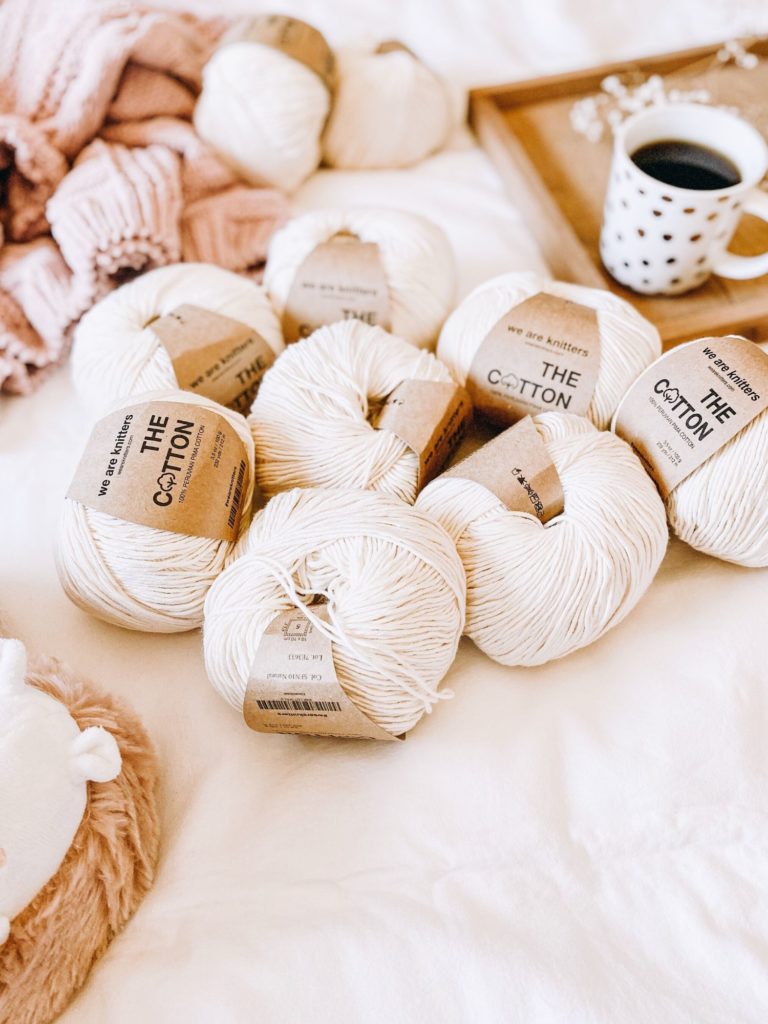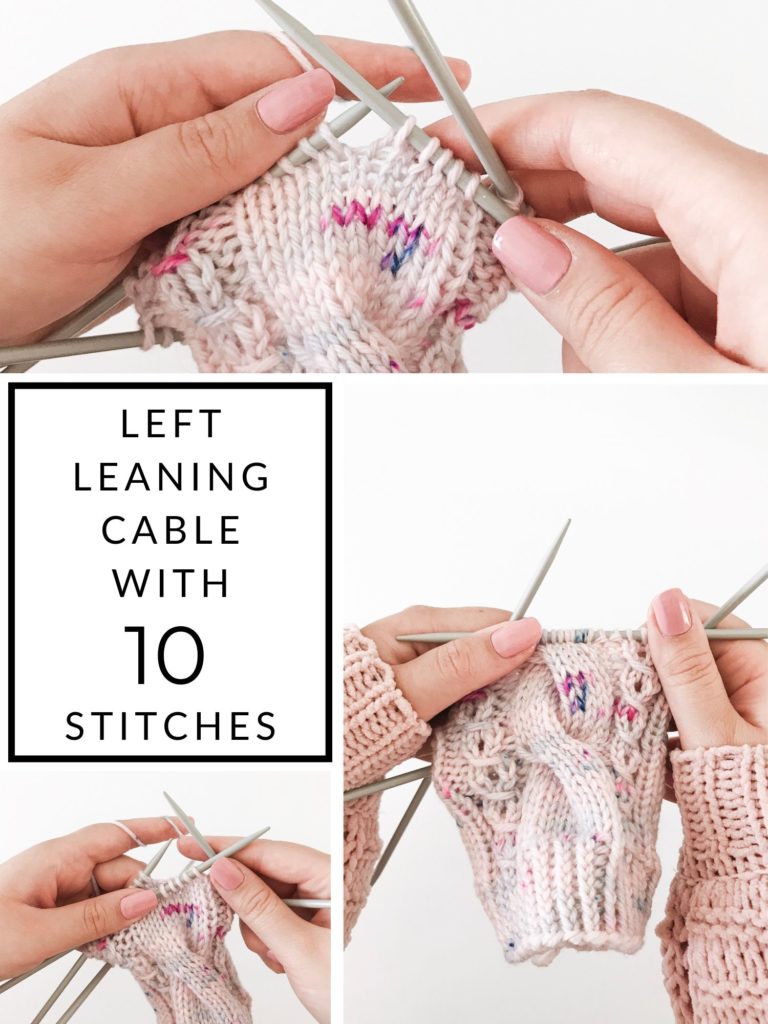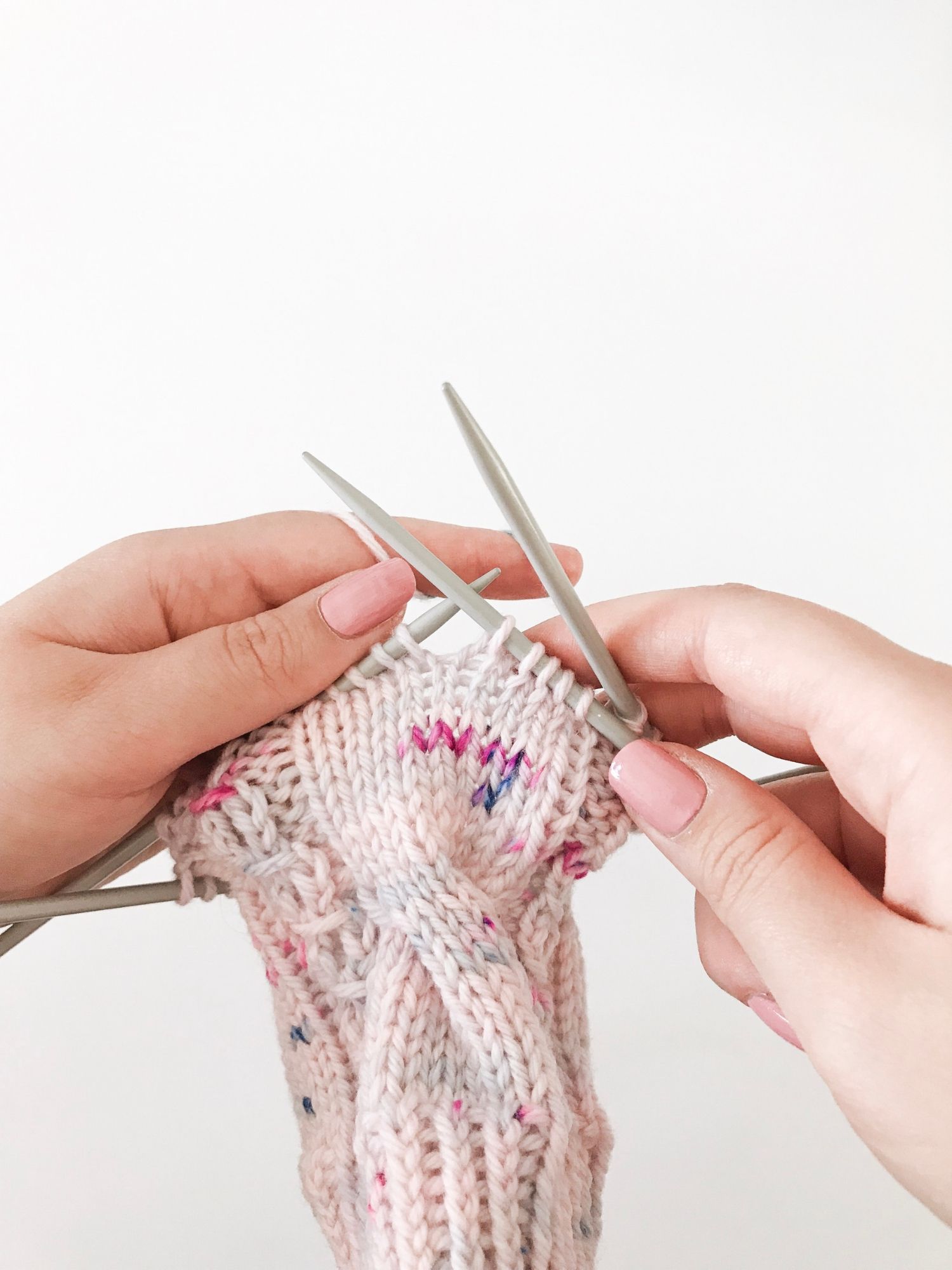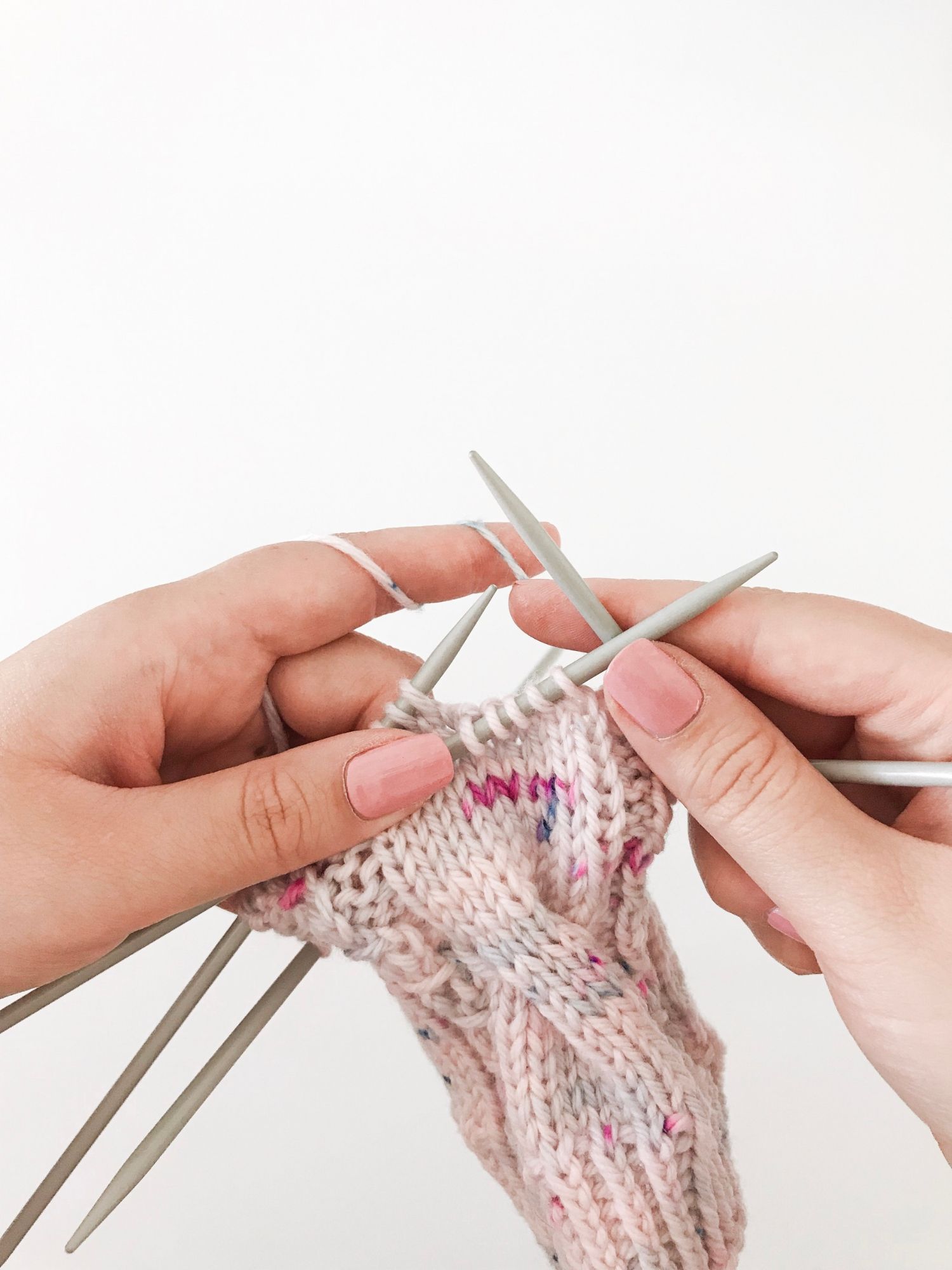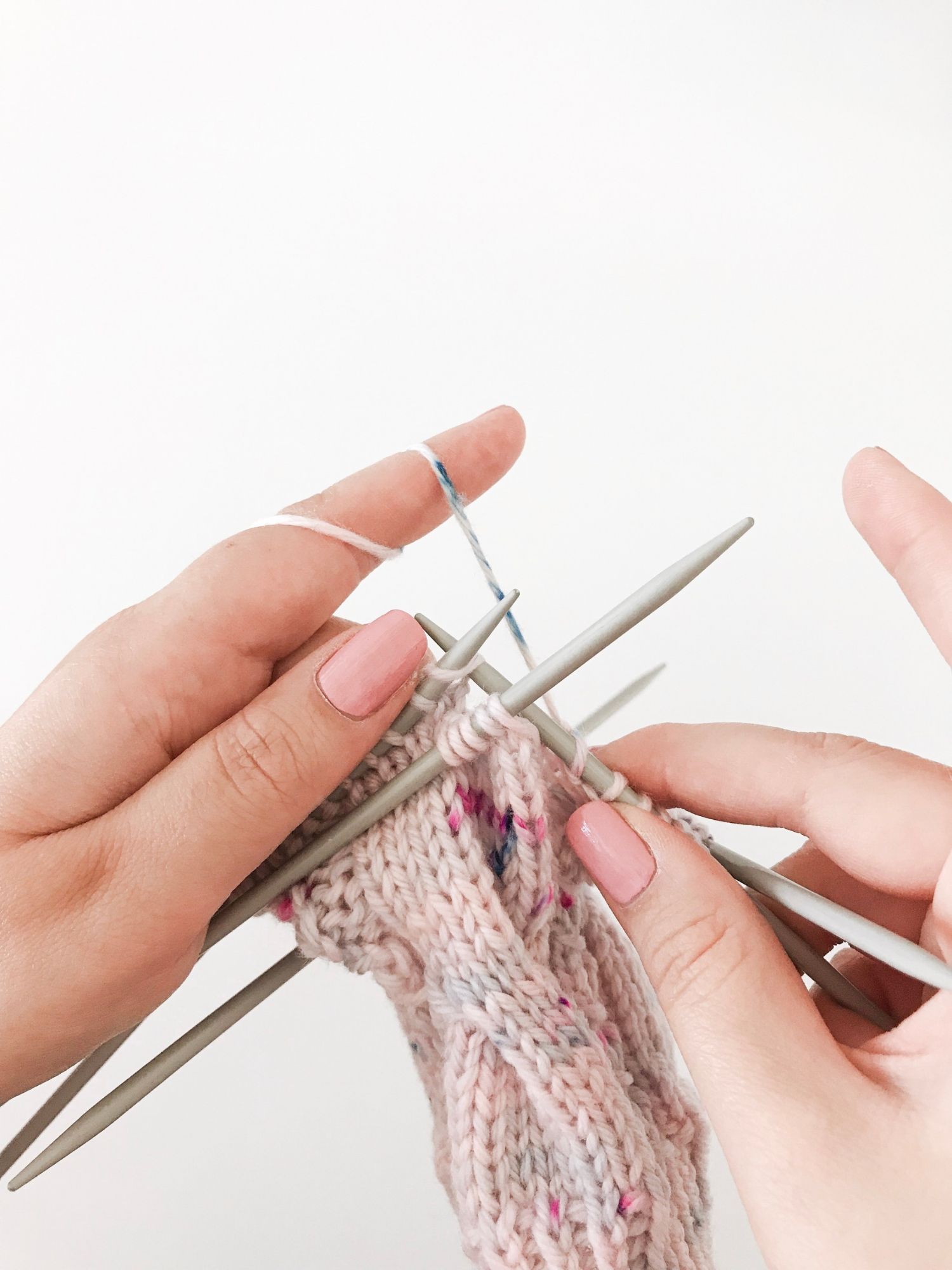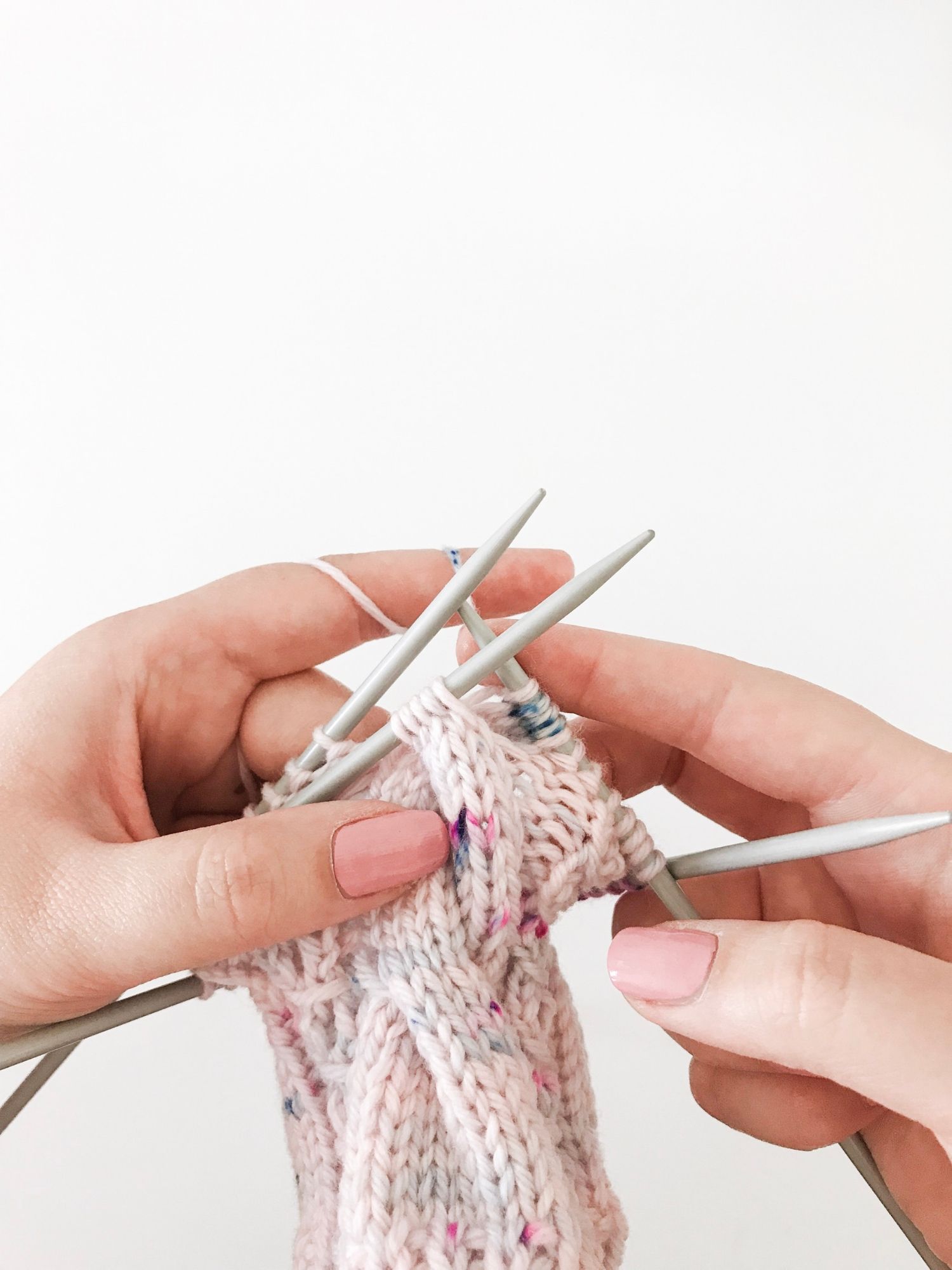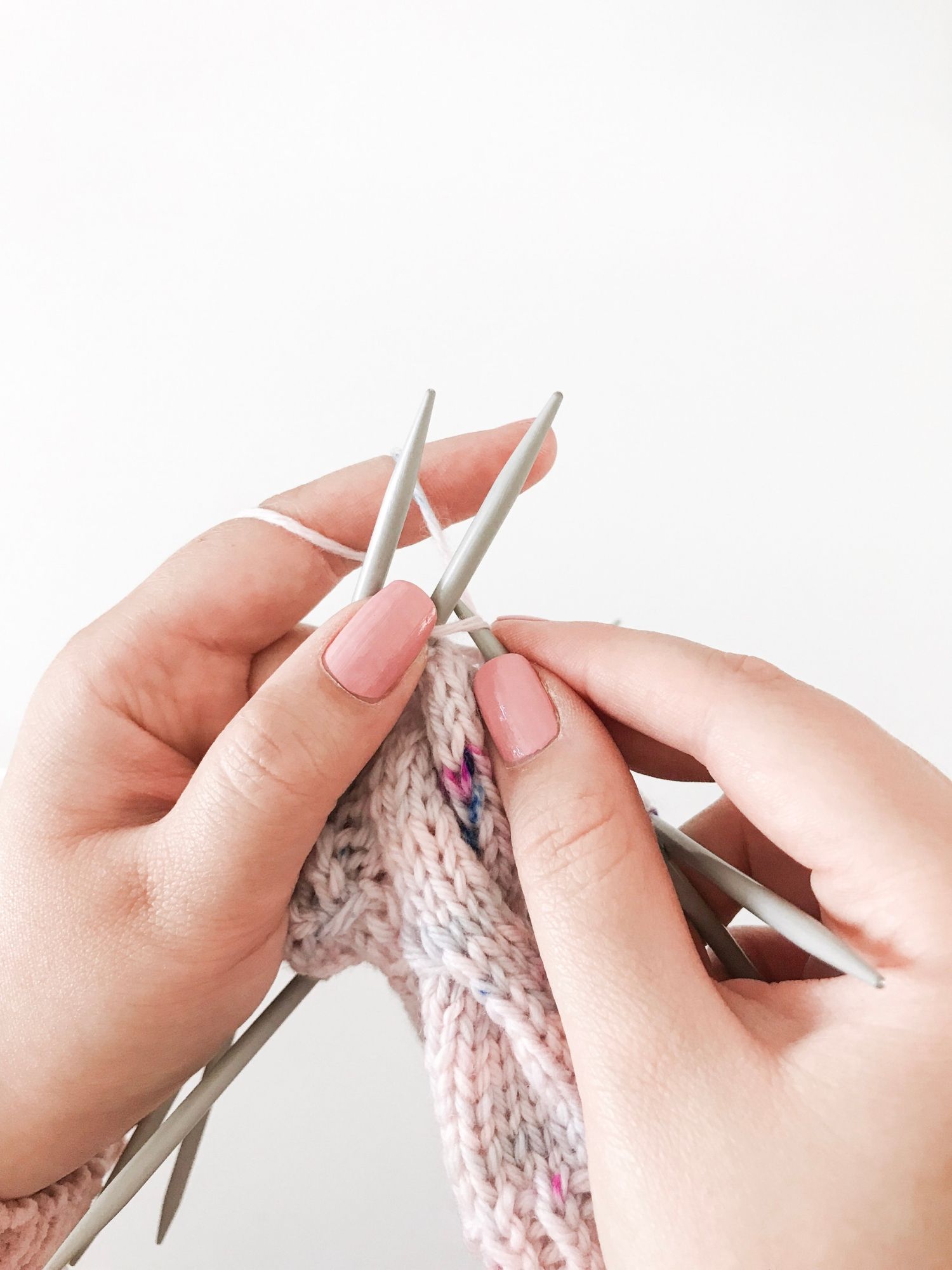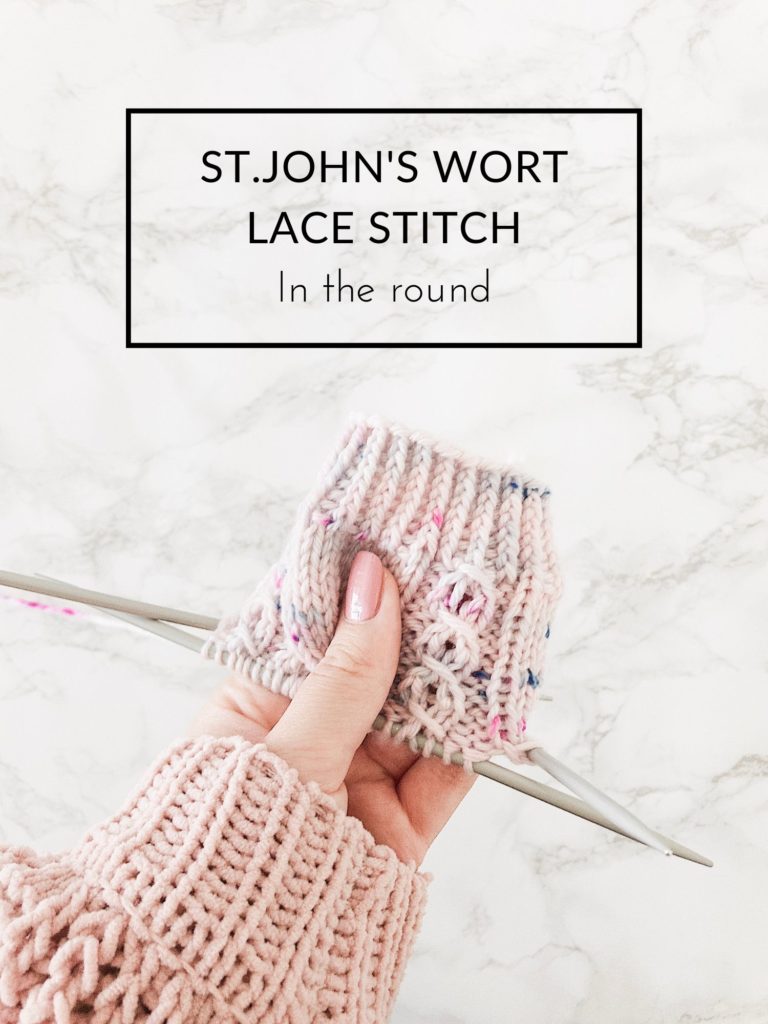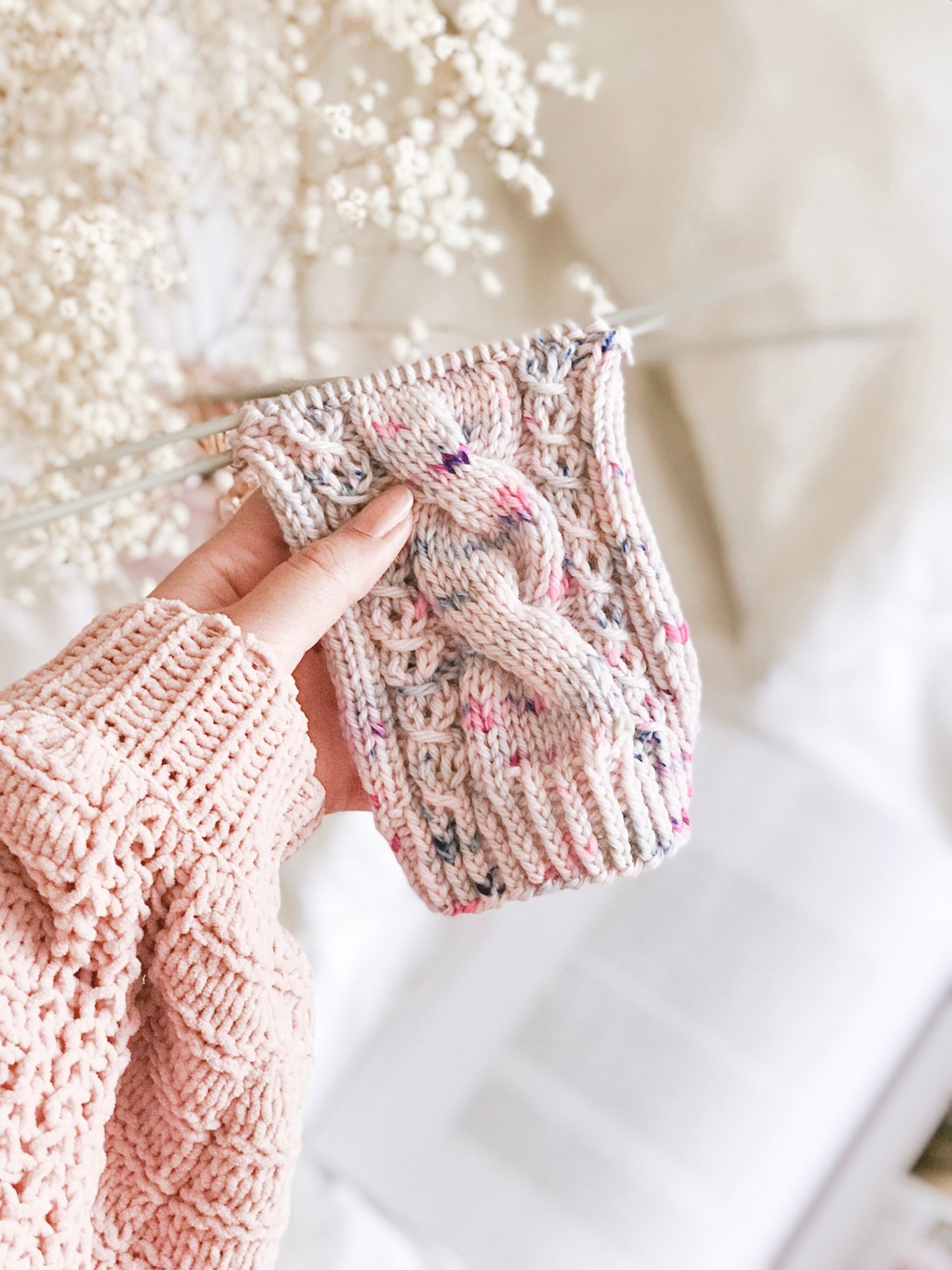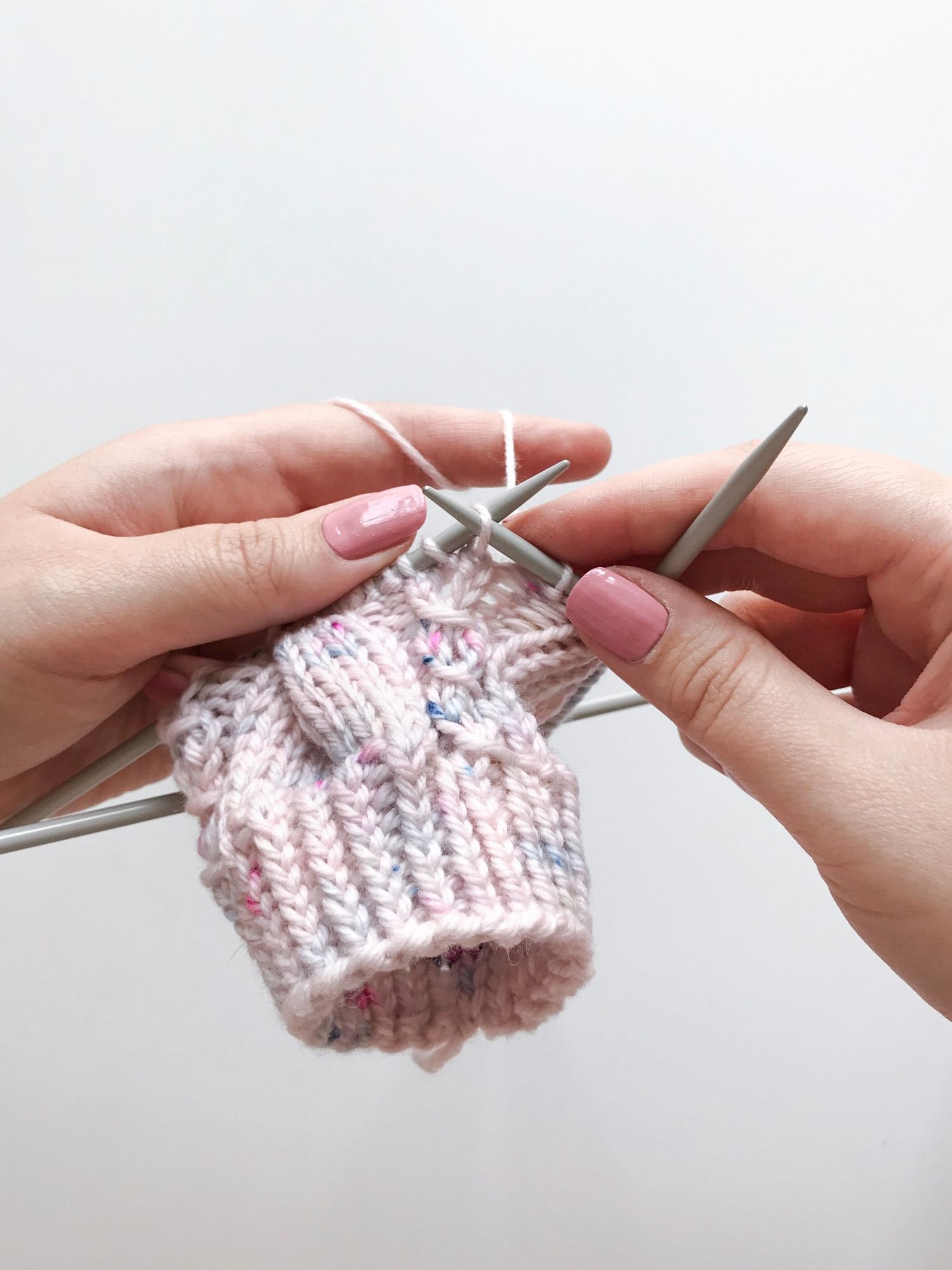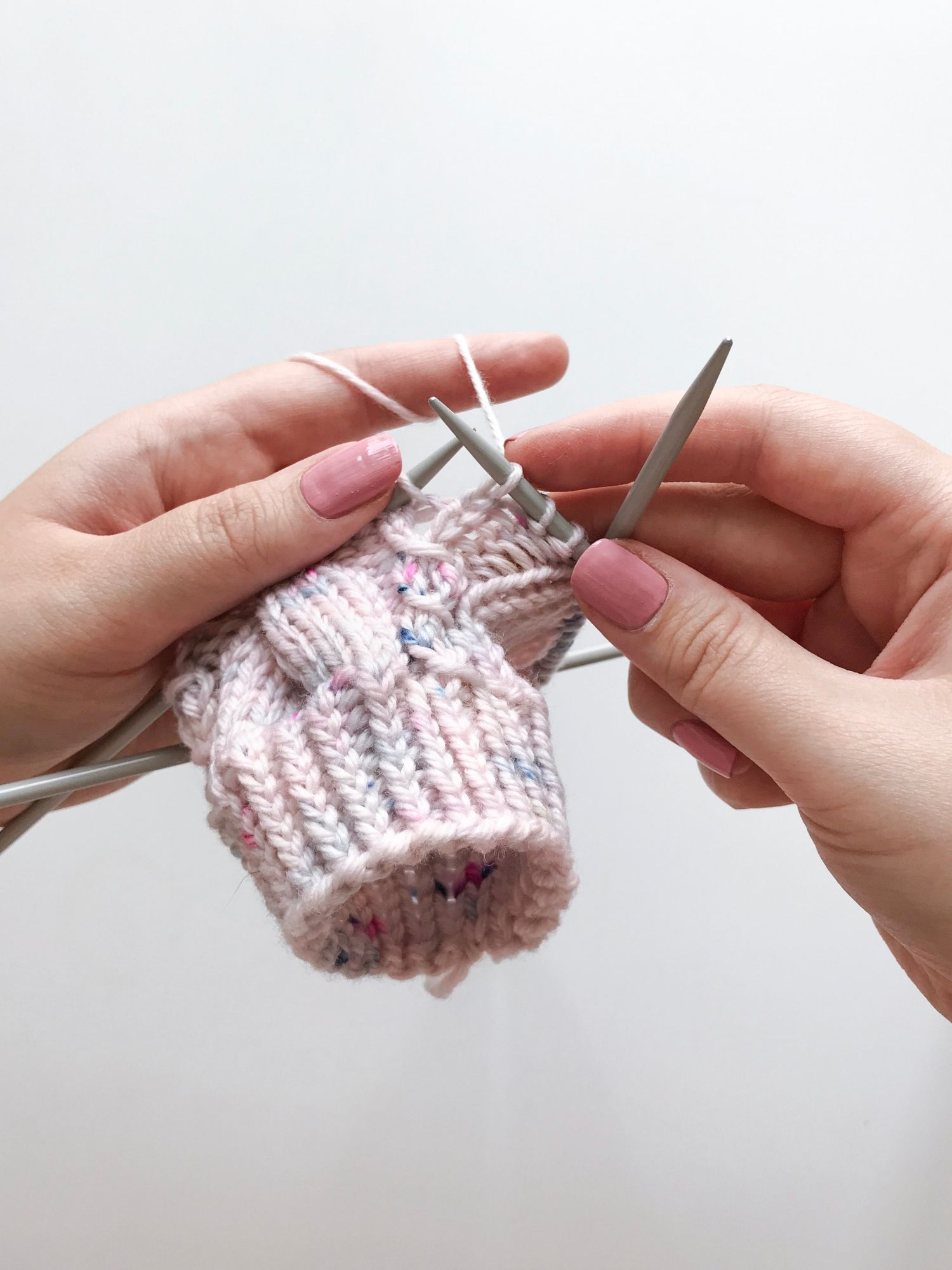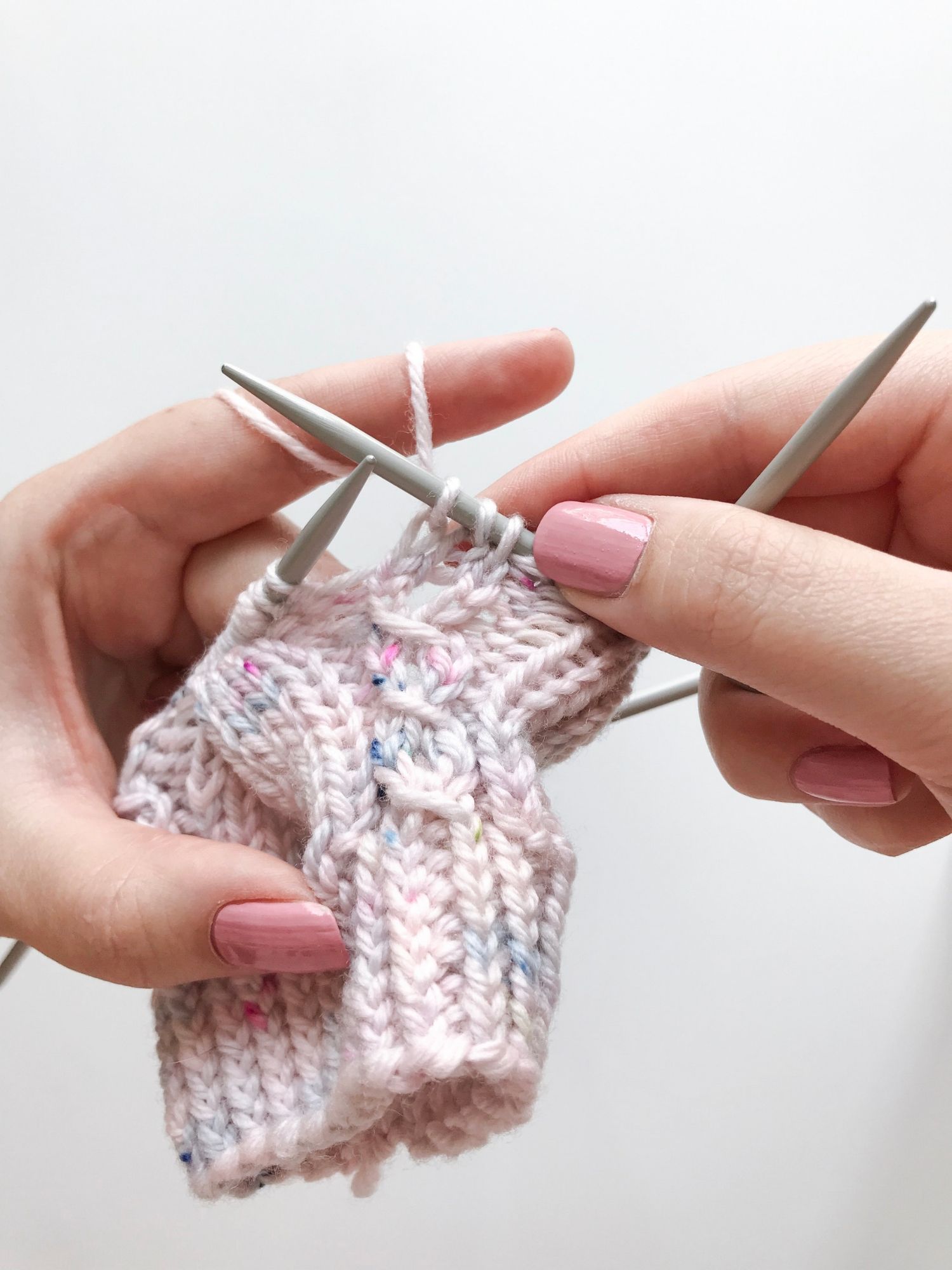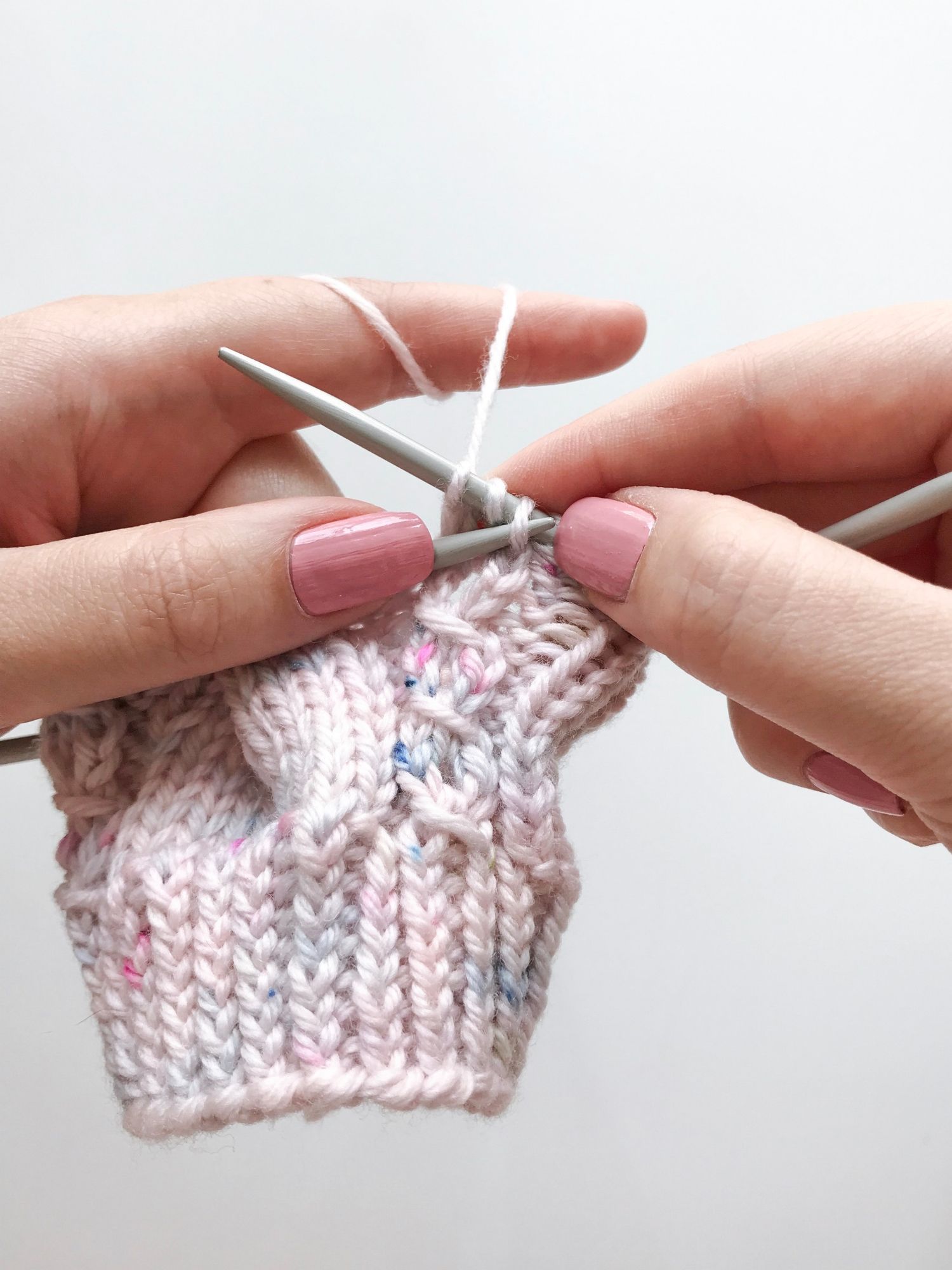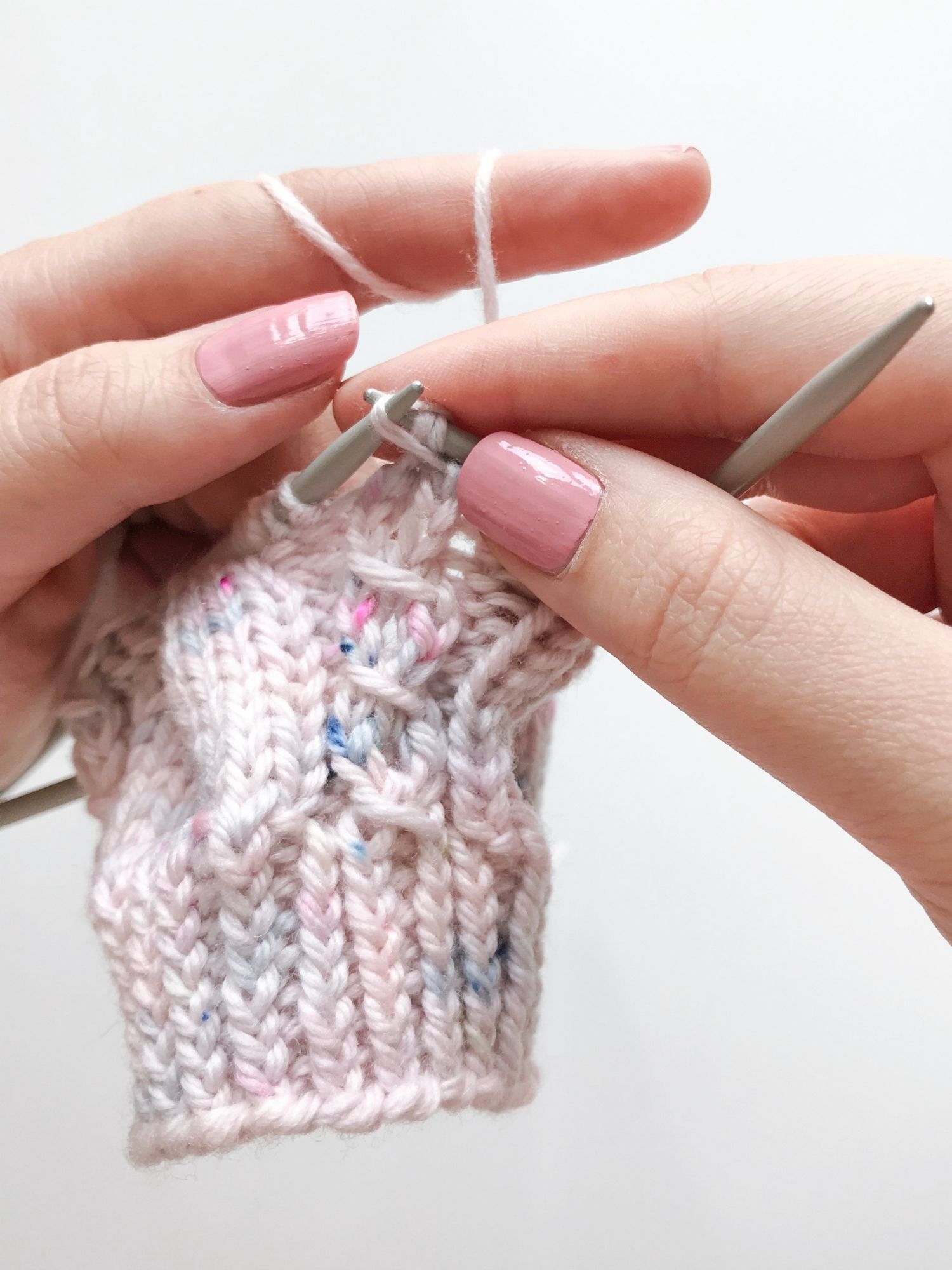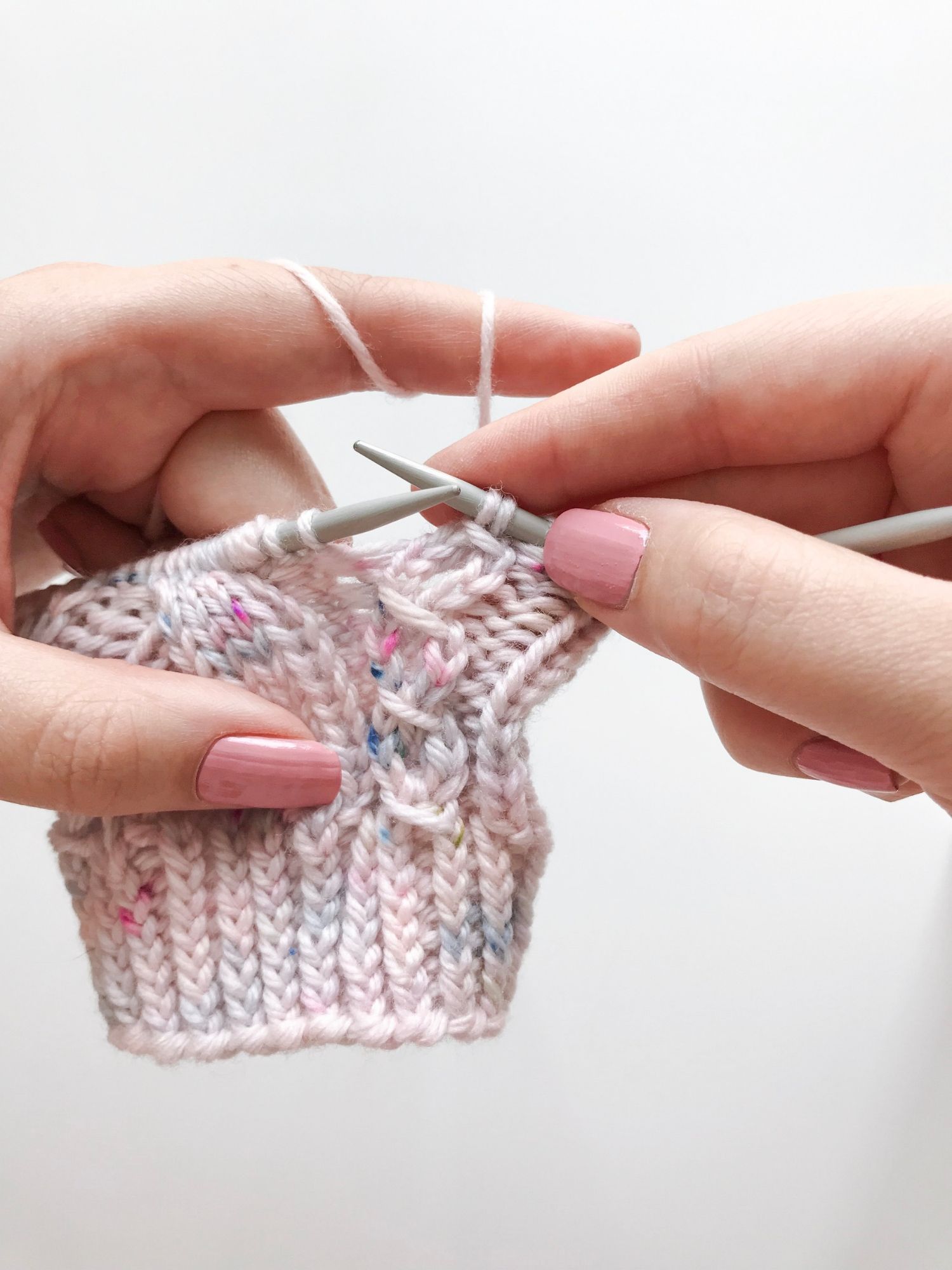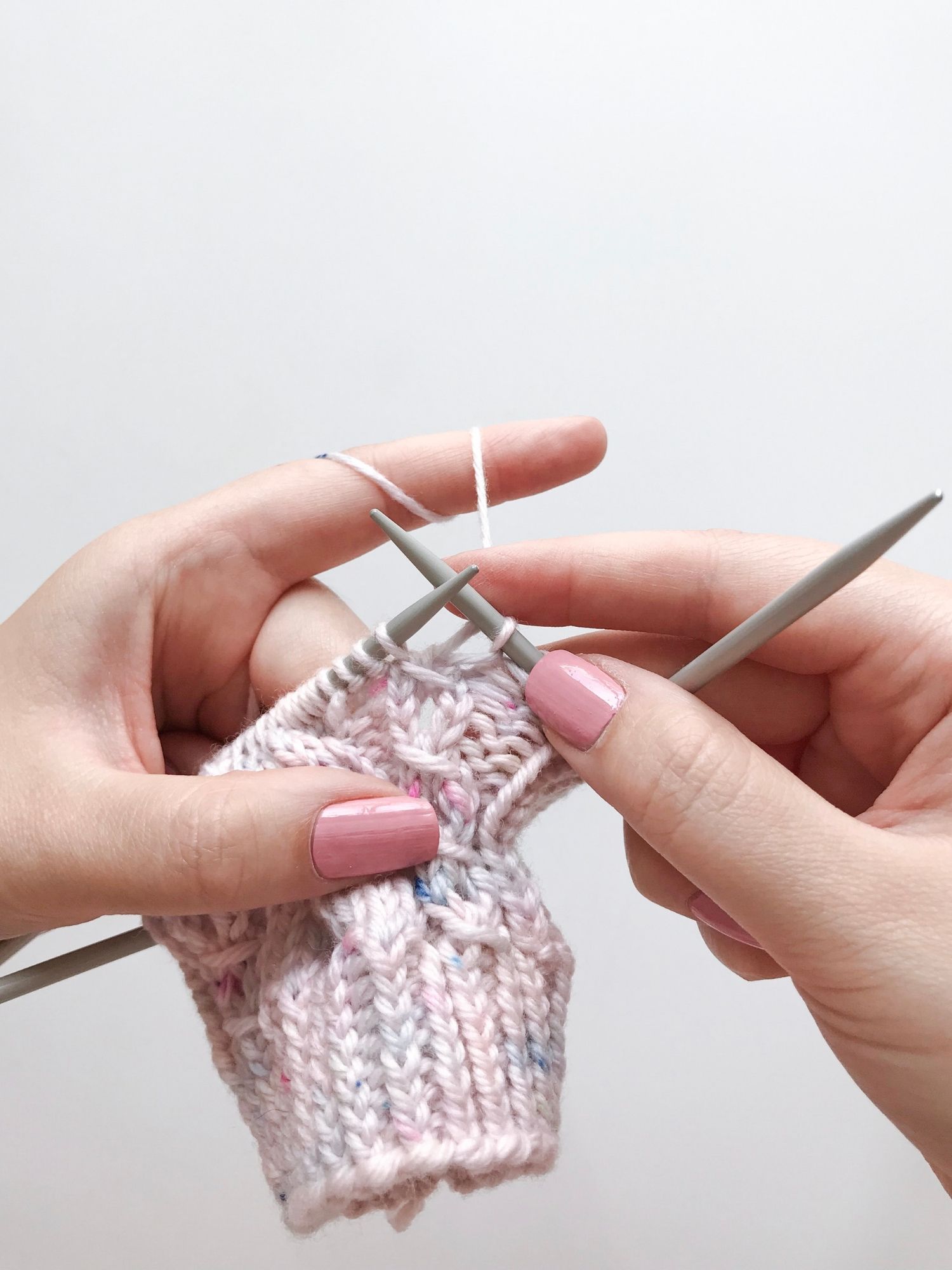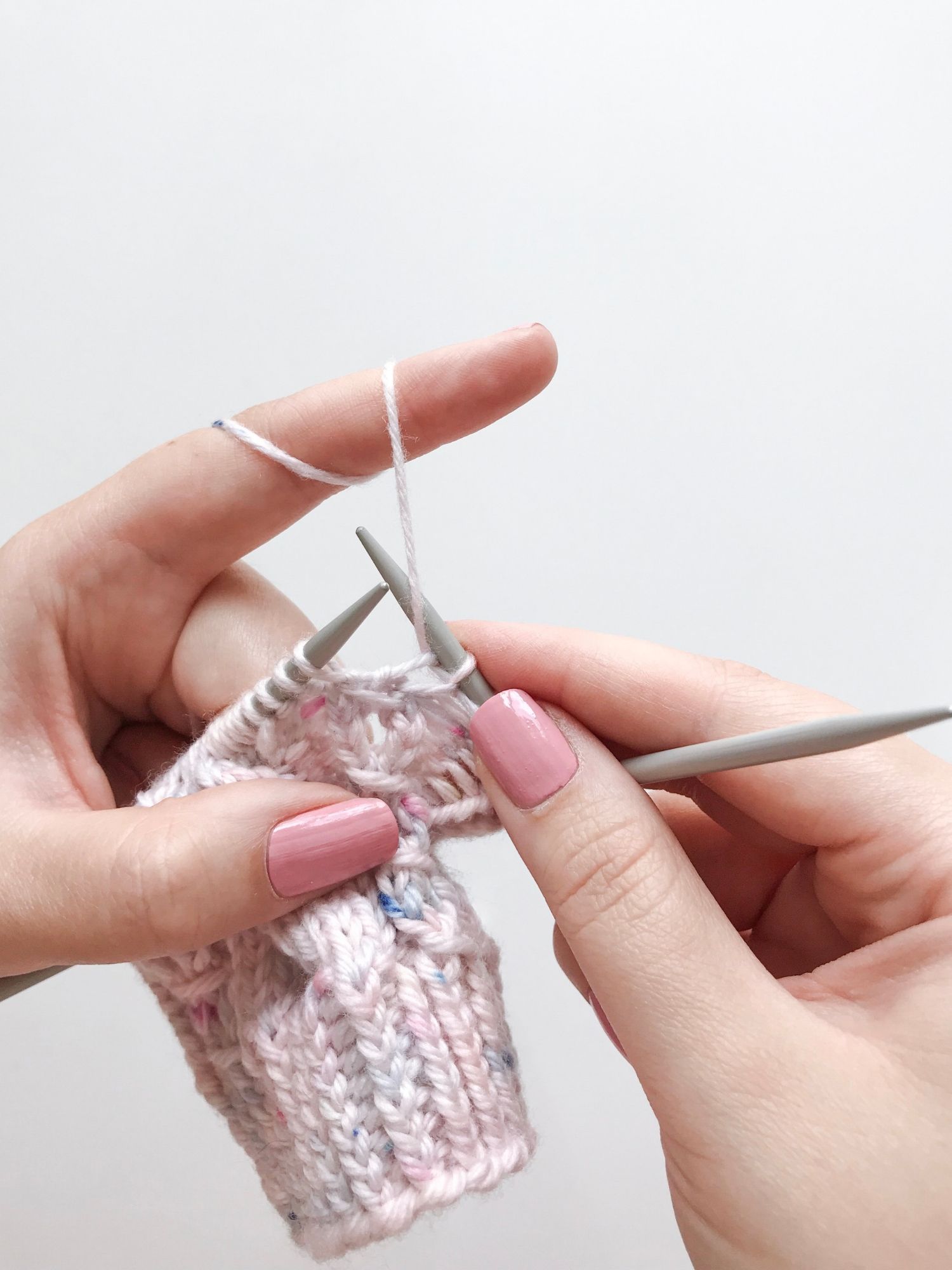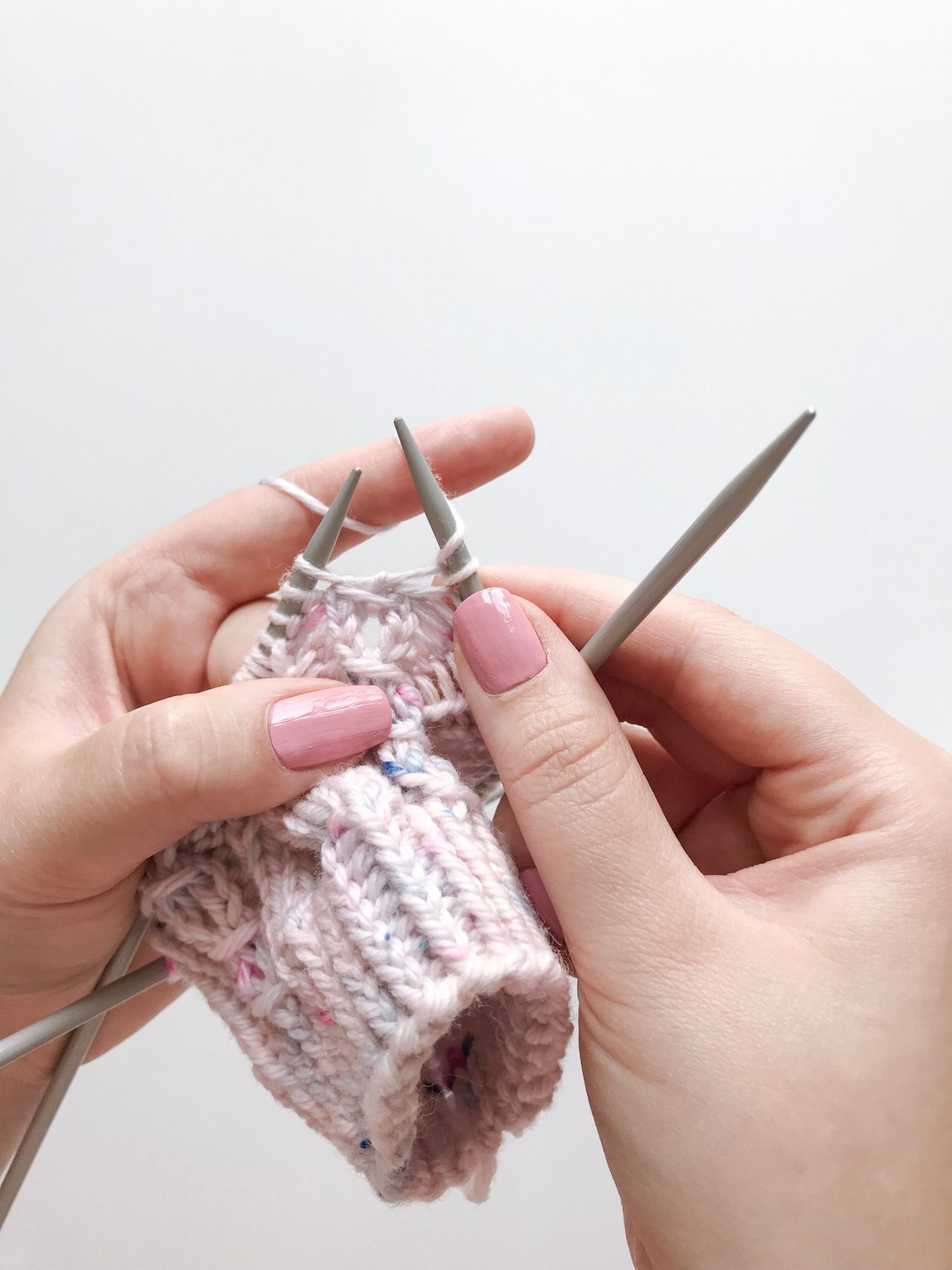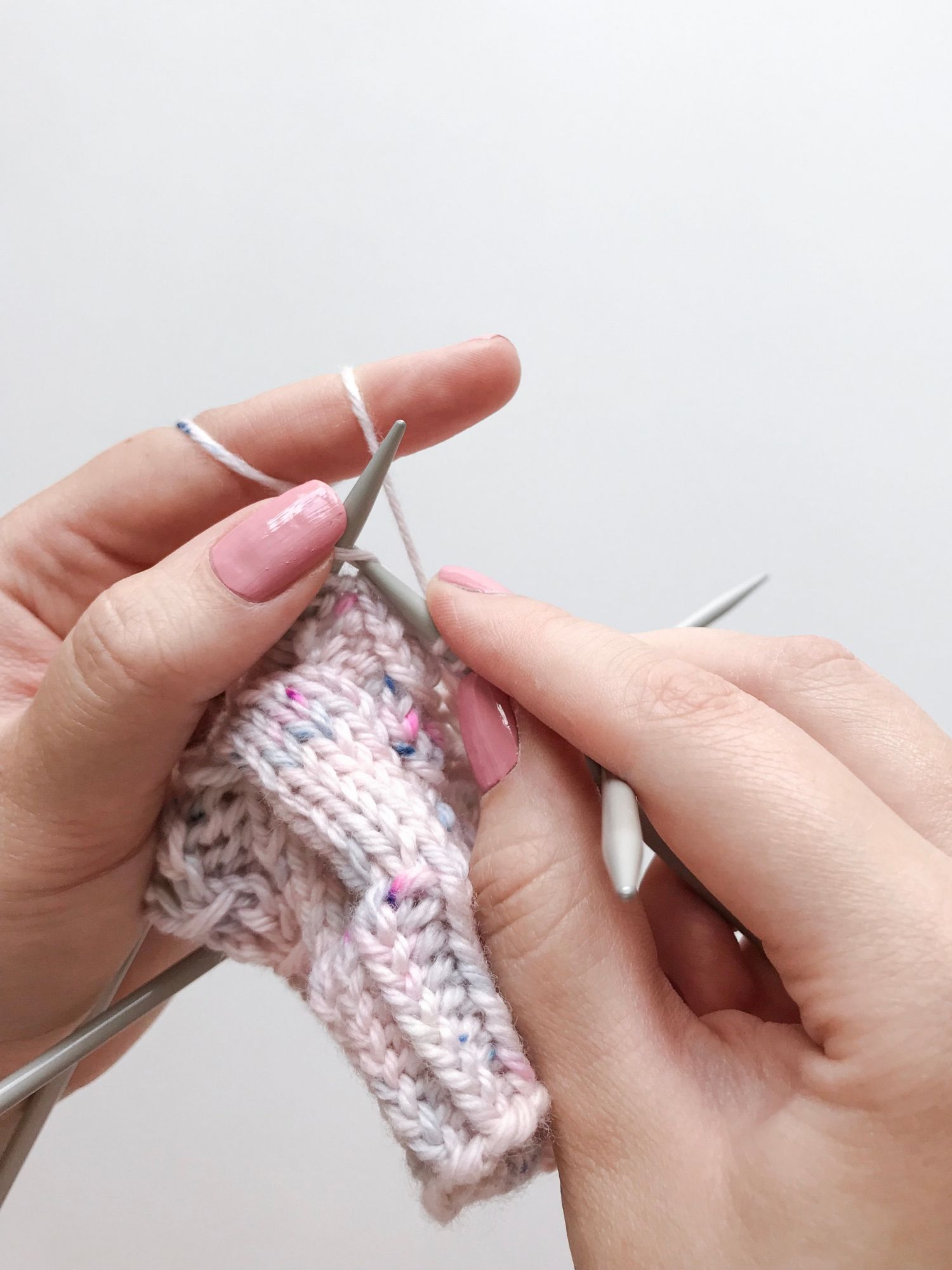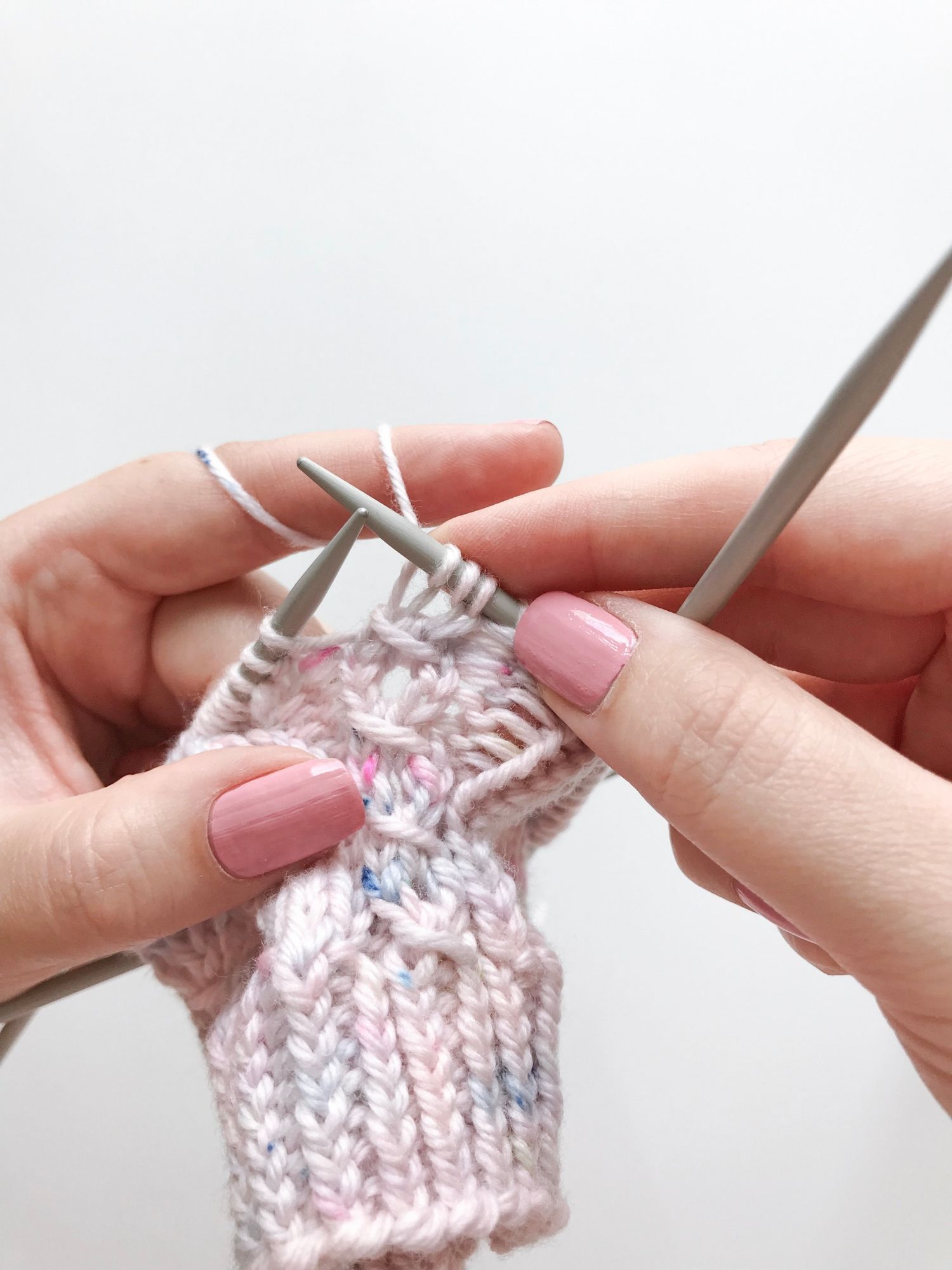Hi friends! Today I’m coming to you with a little maker tip on how to determine exactly how much yarn you used for your project!
Let’s start with the information you’ll need:
– Weight of full skein (in grams)
– Yardage / Meters of full skein
– Weight of your project (in grams)
Tools needed:
– Kitchen scale (to weigh your project)
– Calculator (like the one on your phone)
If you don’t have the label of the full skein on you anymore, you can always search the yarn you used online and find the information either on the yarn brand’s website or Ravelry, just to name a few! This method works for projects that use a single color.
And then onto the calculations!
Step 1: Weigh your project on a kitchen scale
Step 2: Divide project weight by full skein weight
Step 3: Multiply the yardage (or meters) of the full skein by the number obtained in Step 2
EXAMPLE
Let’s say I had a full skein of yarn that weighed 200g and had 220 meters of yarn in it, and I knit a pair of socks.
Step 1: I weigh my project and find out it weighs 180 grams
Step 2: I divide the project weight by the full skein weight 180g/200g = 0.9
Step 3: I multiply the yardage (or meters) of the full skein by the number from Step 2 : 0.9 x 220m = 198m
And voilà, I have the exact amount of yarn I used for my project which, in this case, would be 198 meters!
Understanding the calculations: in step 2, by dividing the project weight by the full skein weight, you’ll end up having a percentage. 180 grams of 200 grams is 90% (or 0,9). As you now have a percentage, you can use it to multiply the yardage of the full skein to have the equivalent of the percentage in yards or meters as well, instead of only grams.
Looking for more maker tips? Check out my post on pattern writing!


